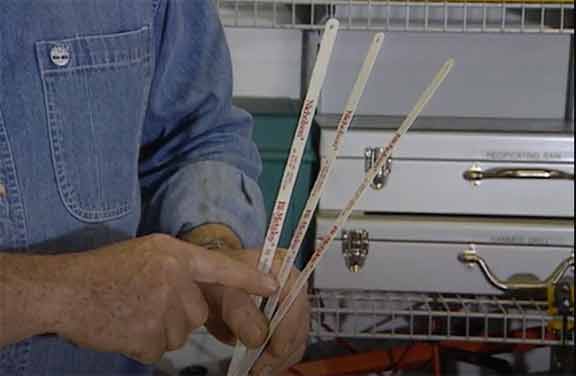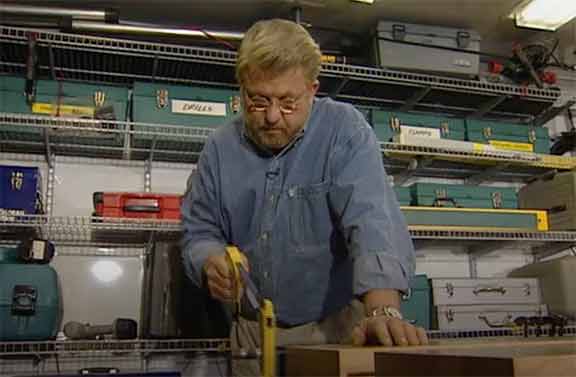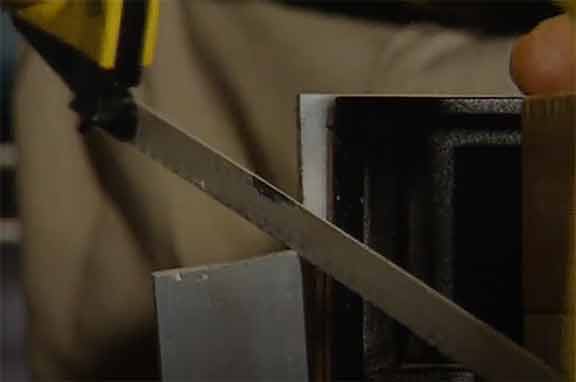How to Choose the Right Hacksaw Blade
A guide for choosing the right hacksaw blade
At first glance, all hacksaw blades may look alike, but there actually is a difference. Which hacksaw blade you choose should depend on which metal you will be cutting. There are heavy, medium, and light-duty jobs and you're going to want to pick the right blade for the job.
This guide explains the difference between hacksaw blades and how to choose the one that is right for you.
What is the difference between hacksaw blades?
The number of teeth per inch differentiates one hacksaw blade from the next. These can vary from three relatively large teeth per inch through to 32. As a general rule, the larger the blade, the lower the number of teeth per inch.
What does TPI mean?
TPI is short for “Tooth Per Inch”. Hacksaw blades are selected by choosing the correct TPI (teeth per inch) for the type of metal that needs to be cut.
Are more teeth better?
The short answer is that it depen ds on the material that you are trying to cut through.
ds on the material that you are trying to cut through.
Generally, blades with more teeth will provide a smoother, finer cut whereas blades with fewer teeth will provide a rougher cut.
For heavy-duty cutting jobs like a steel reinforcing rod or pipe, a lower TPI would provide a coarser and quicker cut. An 18-teeth per inch blade would be the best choice.
For a job that requires medium-duty cutting, like a thin wall electrical conduit, a 24-teeth per inch blade would do a better job.
When cutting light metals like aluminum, a higher TPI would provide a smoother cut. A 32-teeth per inch blade should easily do the trick.
Tips for using a hacksaw
- Secure the blade with the teeth pointing forward.
- Make sure the blade is firmly tensioned.

- Cut using steady strokes, directed away from you. Use the entire length of the blade in each cutting stroke, pressing on the forward stroke, not on the backward stroke.
- Maintain your hacksaw blade by applying oil or lubricant to the blade to cool the blade and prevent overheating when cutting.
- Regularly inspect hacksaw blades for signs of damage including warping or blunting.
- If blades show signs of wear and tear, replace them. Hacksaw blades are meant to be replaced as needed.
As you’re working on your project, check out more workshop techniques for advice and tips.
Blog Articles
Maximize Your Yield with DIY Netting for Strawberry Beds
Keep your strawberries safe from pests with our DIY strawberry cage netting solution. Learn how to create sturdy frames and find the best netting for your strawberry plants.
Change It Up: Swapping Out Your Light Switch Plates
Tired of boring light switch covers? Upgrade your home decor with this simple guide on replacing light switch plates and make a statement in every room.
Revamp Your Outdoor Space: How To Stencil A Concrete Patio
Learn how to create a stunning patterned concrete patio with our easy-to-follow instructions for stenciling. Upgrade your outdoor space in no time.





